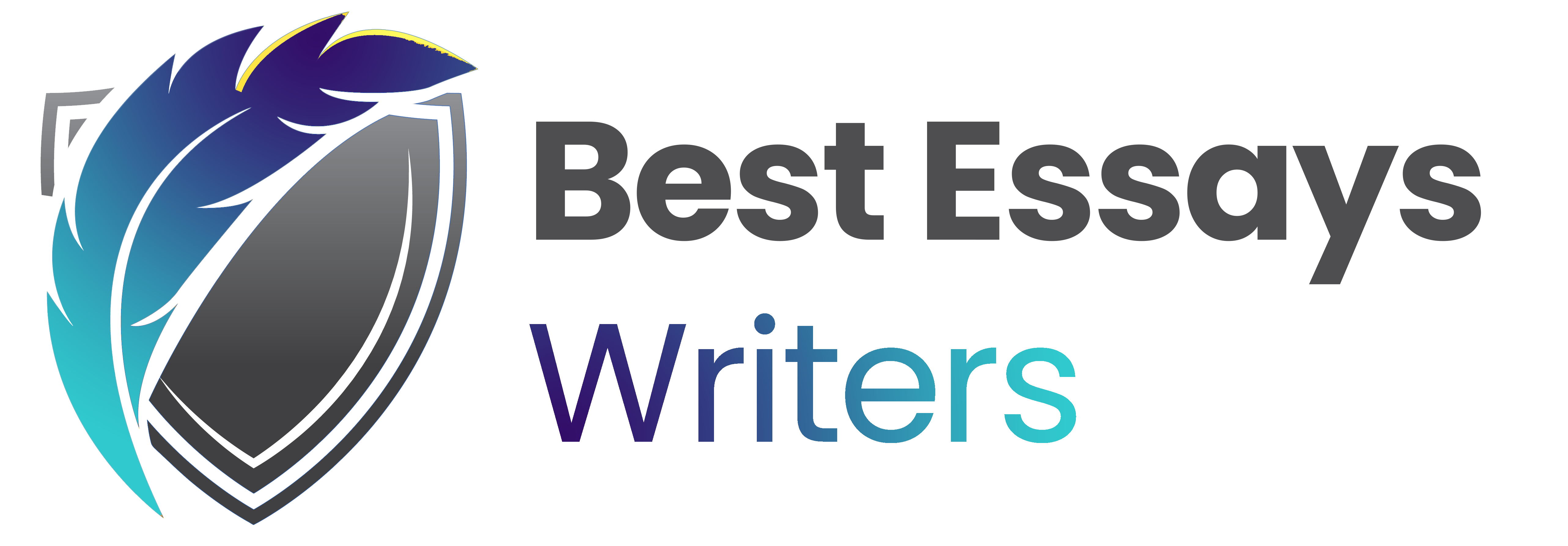- The best essay writing company you will ever find online
- +1(646) 814 8116
- bestessayswriters@gmail.com
MATH/CSCI 4116 Cryptography Assignment 2 1. Prove parts (b) and (c) of Propositi
Hello world!
May 27, 2020CRITICAL THINKING ABOUT THE BIBLE
January 5, 2021MATH/CSCI 4116 Cryptography Assignment 2 1. Prove parts (b) and (c) of Proposition 2.1. 2. A string over a finite set ^ is a finite sequence of elements from ^. Show that the following procedure defines a cryptosystem. Let w be a string over {AB . . . Z}. Choose two shift cipher keys k1 and k2. Encrypt the elements of w in odd-numbered positions with k1 and those in even-numbered positions with k2. Then reverse the order of the encrypted string. Determine the plaintext space the ciphertext space and the key space. 3.
MATH/CSCI 4116 Cryptography Assignment 2 1. Prove parts (b) and (c) of Proposition 2.1. 2. A string over a finite set ^ is a finite sequence of elements from ^. Show that the following procedure defines a cryptosystem. Let w be a string over {AB . . . Z}. Choose two shift cipher keys k1 and k2. Encrypt the elements of w in odd-numbered positions with k1 and those in even-numbered positions with k2. Then reverse the order of the encrypted string. Determine the plaintext space the ciphertext space and the key space. 3. Which of the following schemes is a cryptosystem? What is the plaintext space the ciphertext space and the key space? (a) Each letter x 2 Z26 is replaced by kx (mod 26) k 2 {1 2 . . . 26}. (b) Each letter x 2 Z26 is replaced by kx (mod 26) k 2 {1 2 . . . 26} gcd(k 26) = 1. 4. (a) Find all the invertible residue classes mod 15 and their inverses. (b) Determine the group of units and the zero divisors of Z/16Z. 5. (a) List all integers x in the range -50 ? x ? 50 that satisfy x ? 7 (mod 17). (b) Exhibit a set of representatives modulo 17 composed entirely of multiples of 3. (c)Write a single congruence that is equivalent to the pair of congruences x ? 2 (mod 7) x ? 3 (mod 10) Due: Friday September 24
Attachments:
